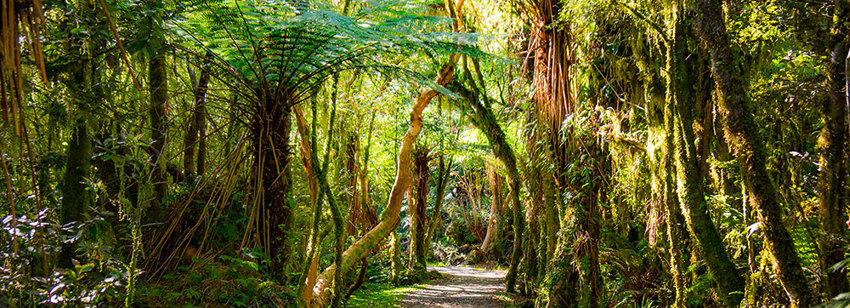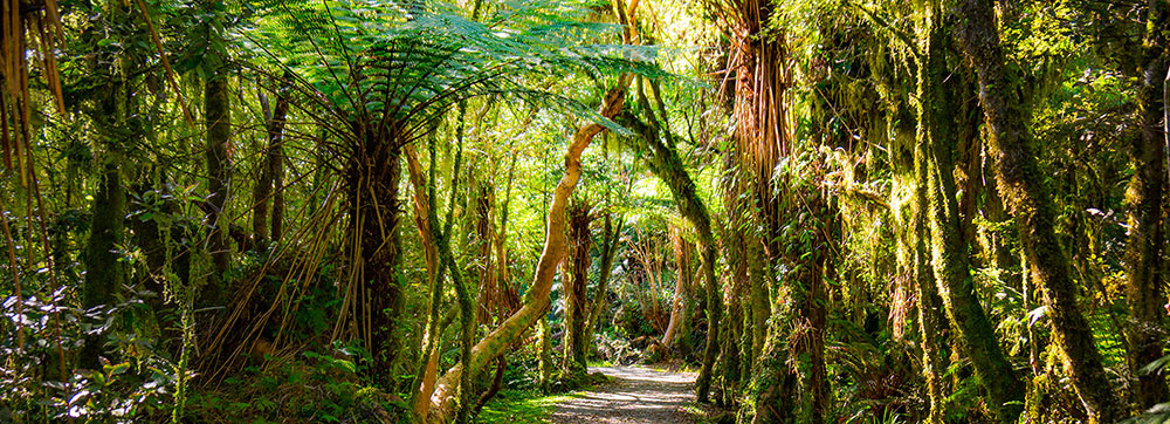Today the Government released its draft National Policy Statement for Indigenous Biodiversity (draft NPSIB). The draft NPSIB applies to all indigenous biodiversity in New Zealand, excluding the coastal marine area and in waterbodies and freshwater ecosystems (with some exceptions). It introduces the 'fundamental concept' of Hutia Te Rito into the sustainable management of indigenous biodiversity.
The matter of national significance is maintaining and enhancing indigenous biodiversity. The draft NPSIB sets a bottom line for the maintenance of indigenous biodiversity requiring at least no reduction below the current state for 6 key ecological criteria. As well as setting out objectives and policies the draft NPSIB requires territorial authorities to identify areas of significant indigenous vegetation and/or significant habitats of indigenous fauna in their district, classify such areas as significant natural areas (SNAs) using the extensive criteria set out in Appendix 1 to the draft NPSIB and identify them as of high or medium rating in accordance with Appendix 2. Regional councils must work with territorial authorities and tangata whenua to identify indigenous species and ecosystems that are taonga and territorial authorities must change their district plans to map and protect them and their values. In addition regional councils and territorial authorities must survey and record areas where highly mobile fauna have been, or are likely to be, sometimes present. Territorial authorities where possible must map or describe such areas. All councils must provide provisions in their policy statements and plans to maintain viable populations of highly mobile fauna across their natural range.
All councils are required to manage the protection of SNAs through the RMA planning and consenting processes. The draft NPSIB requires councils to ensure that certain adverse effects are avoided (with four limited exceptions including nationally significant infrastructure) in relation to any new subdivision, use or development that takes place in, or affects, an SNA. Existing activities in SNAs are provided for in specific circumstances, with specific provision provided in relation to pastoral farming. Further, all councils must develop policy statement and plan provisions to maintain indigenous biodiversity outside SNAs.
The draft NPSIB promotes the restoration and enhancement of wetlands, degraded SNAs, areas that provide important connectivity or buffering functions and former wetlands. Councils must identify and record such locations and then promote their restoration and enhancement through policy statement and plan provisions. Regional councils must also assess the percentage of urban and rural land that have indigenous vegetation cover and if it is below the stipulated percentage include targets within the regional policy statement for increasing indigenous vegetation cover.
Generally, regional councils must prepare a biodiversity strategy and the draft NPSIB sets out detailed requirements to be included in all council plans as to information to be included in all assessments of environmental effects.
The submission period closes on 14 March 2020 with the draft NPSIB intended to take effect from mid-2020.













